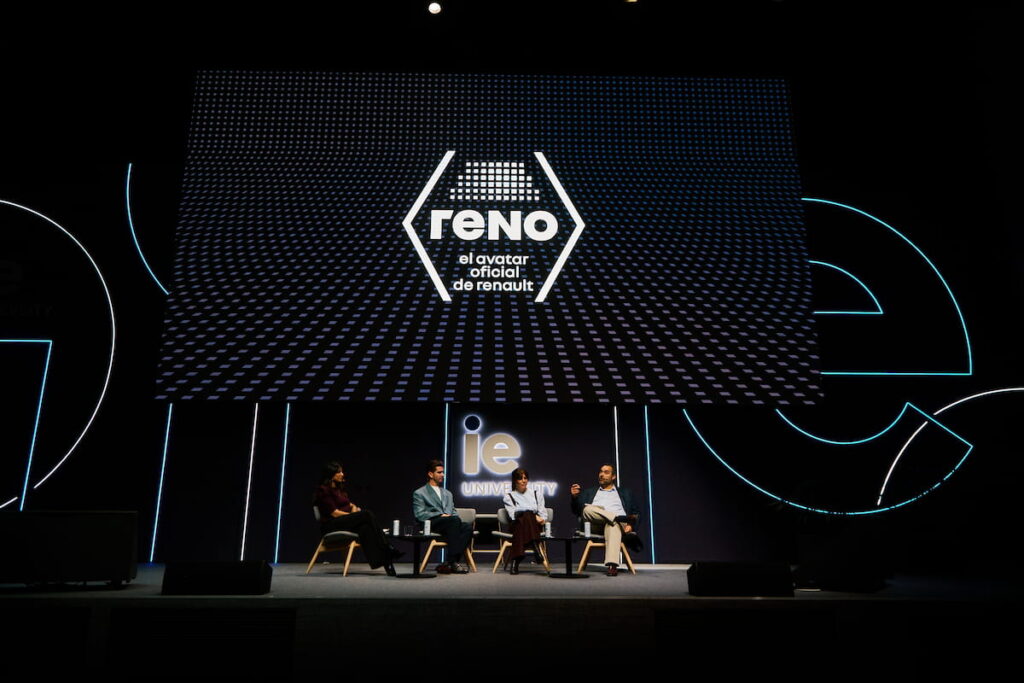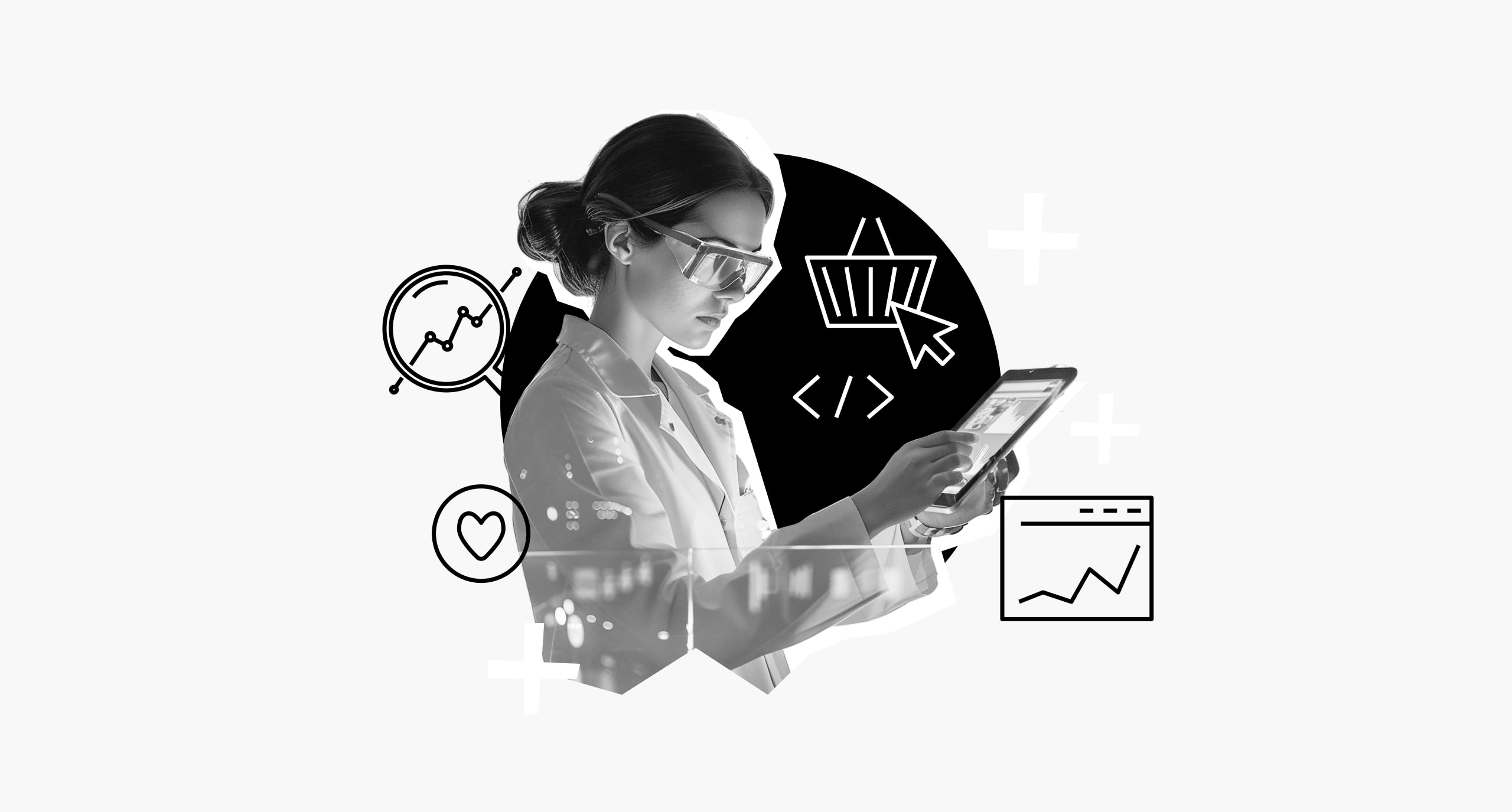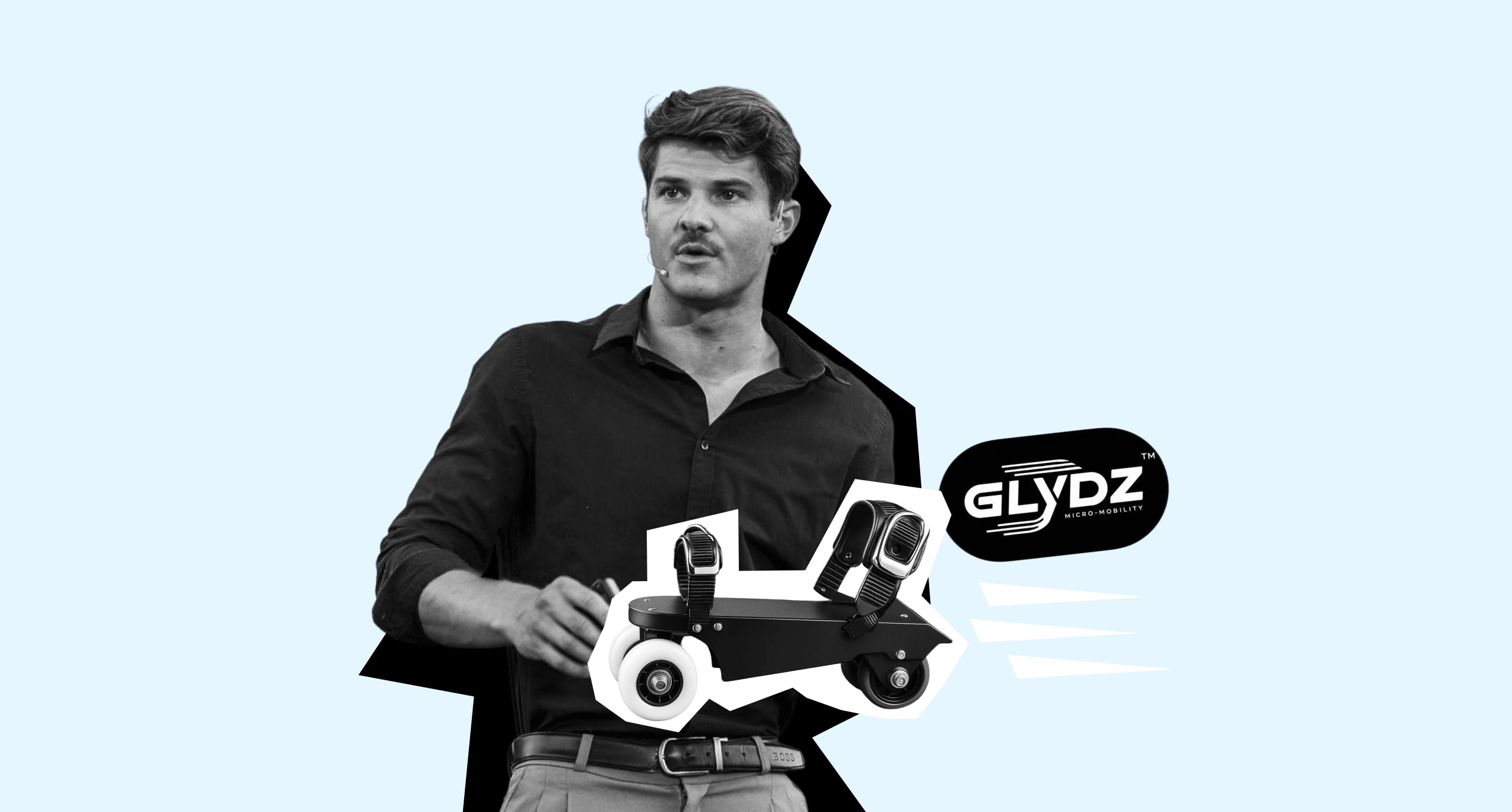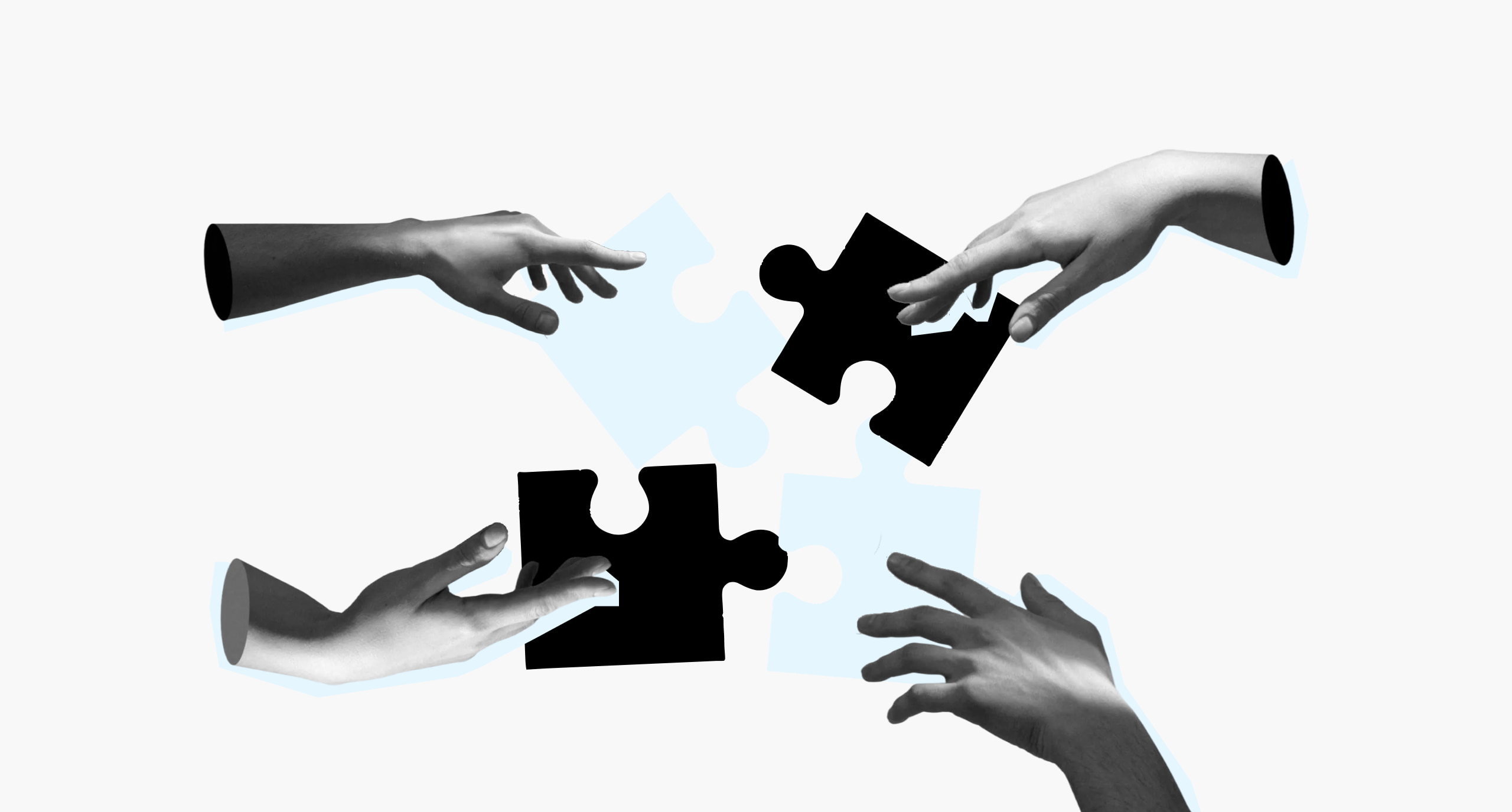Data streams. Algorithmic engines. Connected devices. Forget what you think you think. Technology and market research now tells us exactly how you behave. It’s exciting stuff, which is why we’ve put this article together to drill into the main instruments – AI, IoT, immersive environments – that are reshaping insight generation, brand-consumer dynamics, global research practices and the evolving role of the insight professional. If you can see it through, you’ll be ready to research teams move faster, ask deeper questions, and interpret richer signals.
We’re incorporating expertise from our Master in Market Research & Consumer Behavior at IE Business School to understand the language of connected behaviors, and draw the lines between data ecosystems and machine-generated insight.
How is technology changing market research today?
Technology has become the backbone of modern market research. Artificial Intelligence, the Internet of Things, and immersive digital spaces are now embedded in every stage of the insight process – from data collection to interpretation. Traditional surveys still exist, but the richest signals now come from how people move, click, speak, and interact with the world around them.
Key technologies reshaping the field:
1. Artificial Intelligence (AI): Algorithms analyze text, detect sentiment, and predict trends across millions of data points. Tasks that once required weeks of manual coding – such as clustering attitudes or tracking purchase intent – now take minutes. Predictive analytics and natural language processing let researchers forecast behavior and uncover motivations buried in unstructured data.
2. Internet of Things (IoT): Connected devices – from fitness trackers to smart fridges – generate continuous behavioral data. This “life-stream” reveals habits that consumers don’t self-report, helping brands understand real use rather than stated preference.
3. Metaverse and immersive research: Virtual and augmented reality environments simulate shopping, product testing, or brand experiences. Researchers can observe natural behavior in controlled but lifelike spaces, expanding the boundaries of qualitative insight.
4. Big data and augmented analytics: Platforms like NielsenIQ or Qualtrics now blend structured and unstructured sources, using machine learning to surface relationships that would otherwise go unseen. Insights emerge from interaction patterns, not just answers.
What opportunities and challenges come with real-time behavioral data?
The abundance of real-time behavioral data is both a gift and a test. It allows brands to follow consumers through digital ecosystems with extraordinary precision. But it also demands new levels of discipline, integration, and ethics.
Opportunities:
– Speed: Continuous data shortens research cycles. Trends can be identified and acted upon within days.
– Depth: Behavioral, transactional, and attitudinal data combine to show not only what people do but why they do it.
– Personalization: With connected-data platforms, brands can shape individual experiences while testing which messages or offers truly resonate.
– New methodologies: Eye-tracking, biometric sensors, and mobile ethnography enrich traditional quantitative and qualitative work, creating multi-layered insight.
Challenges:
– Data overload: Vast streams risk producing noise without robust analytical frameworks.
– Privacy and governance: Regulations such as the GDPR and growing public concern around surveillance require transparent practices and informed consent.
– Skill gaps: Researchers must understand AI outputs, data cleaning, and ethical implications, not just questionnaire design.
– Integration: Combining IoT, CRM, and social-media data into a single narrative remains technically and organizationally complex.
How is technology changing the relationship between brands and consumers?
Digital technology has redefined how consumers relate to brands. Interaction has become constant, contextual, and data-driven.
AI chatbots, voice assistants, and recommendation engines have turned marketing into conversation. Consumers expect immediate relevance, and when they don’t get it, they move on. In parallel, immersive technologies like AR filters and virtual showrooms let audiences experience a brand before committing to it.
The result is a relationship built on participation rather than persuasion. Every click or gesture becomes feedback; every product interaction feeds back into the brand’s understanding of its market. Yet this intimacy comes with new responsibility: consumers share data only as long as they believe it delivers value.
For researchers, this environment offers richer evidence of motivation but also greater complexity. Behavior is influenced by context, device, and emotion in real time. Understanding decision-making now means tracing these micro-moments across platforms and touchpoints, then translating them into actionable insight.
How do markets differ in their adoption of technology for consumer research?
Global adoption of research technology varies by infrastructure, regulation, and culture.
– Infrastructure and access: Markets with advanced connectivity – Europe, North America, East Asia – enjoy wider IoT penetration and mature analytics ecosystems. Emerging regions often rely on mobile-first solutions and leapfrog legacy systems.
– Regulation: Europe’s GDPR enforces strict data-protection standards, shaping how companies design consent mechanisms. Other regions move faster but sometimes at the cost of consumer confidence.
– Cultural attitudes: In high-trust digital cultures, people willingly exchange data for convenience. Elsewhere, skepticism slows adoption.
– Local ecosystems: Access to vendors and technology partners differs widely. While some markets host sophisticated virtual-testing labs, others depend on agile online panels or community-based methods.
For international insight leaders, adaptation is essential. Methodologies must flex to local realities, balancing global comparability with cultural nuance. Teams that recognize these differences gain more accurate, respectful, and scalable insights.
How is the role of the market researcher evolving?
Technology has expanded the role of the market researcher. The modern insight professional blends analytical precision with strategic storytelling.
– Strategic integration: Researchers now orchestrate data ecosystems, linking behavioral feeds with business KPIs.
– Translation: They interpret AI-driven results for decision-makers, turning complex models into clear actions.
– Ethical leadership: With data rights and algorithmic bias under scrutiny, researchers safeguard fairness and accountability.
– Global fluency: Cross-regional teams need cultural and technological literacy to interpret diverse data sources.
The researcher of the future will navigate both human emotion and machine intelligence. Their value lies in connecting them – making sense of signals that technology alone cannot decode.
How do practitioners see AI transforming market research in practice?
For Jame Gutierrez, Head of Data Intelligence at Ipsos España and IE professor, the mechanics of insight have changed, along with the pressure placed on those who deliver it. “Technology is redefining everything in market research,” says Jame. “It’s impacting everything we do internally and responding to needs that have always existed: more agility, faster answers, and helping clients make decisions in a very fast-paced competitive world.” The pace is unforgiving. Expectations are higher. “Everything is faster, and more reliable.”
“AI is redefining how we produce insights,” Jame continues. “It changes our relationship with data because now we have systems that process information beyond our mental capabilities. We see insights in the same datasets that we couldn’t see before.” That power reshapes the balance of expertise and control. “There’s even a risk that the market research industry could become obsolete – not that it will, but if people don’t react, clients now have tools that make them much more independent in how they collect, analyze, and use data.”
What matters now is responsiveness. Staying relevant. Staying employable.

“Right now, in 2025, AI is also redefining the survival of our industry and its employees. There’s a real sustainability issue: we want people to remain employable in two or three years. So training and relevance are huge challenges. It’s a real revolution.”
When asked where students should focus, Jame cuts straight to the core. “Programming can help, but the key skills are soft skills: curiosity, eagerness to learn, flexibility, and not fearing technology.” He sharpens that further: “Critical thinking is now a skill. Being able to connect with people is a skill. And translating human concepts into technical approaches is becoming a skill. So my short answer to students is: be curious, don’t fear technology, learn about it without becoming a technician, and keep pace with what’s happening. It moves so fast that even when you dedicate your whole day to it, you get lost. Don’t fear the feeling of being lost.”
What’s next for technology and market research?
The line between research and real-time strategy will continue to fade. Generative AI will assist in designing studies and interpreting open-ended responses. Edge computing will process behavioral data closer to its source, reducing latency and privacy risk. Immersive testing environments will become standard for concept validation and user experience design.
As these tools mature, ethics and governance will determine who earns consumer trust. Brands that handle data transparently will win loyalty; those that don’t will face regulation and backlash.
Our Master in Market Research & Consumer Behavior is preparing professionals to lead this shift – combining analytical skill, strategic thinking, and ethical awareness to meet the challenges of a connected world.
Why study the Master in Market Research & Consumer Behavior?
The convergence of technology and market research has built an industry that never switches off. AI, IoT, and immersive digital spaces let us observe behavior in motion, offering unprecedented precision – and unprecedented responsibility. For brands, the task is to translate constant data into real understanding. For insight professionals, it’s to remain human while working at machine speed. Those who can do both will define the next decade of consumer intelligence.
The Master in Market Research & Consumer Behavior embraces the new age of analytics and behavioral science, this 10-month program trains you to decode the human mind behind the metrics. You’ll study neuromarketing, consumer psychology, and data analytics, building fluency across both quantitative and qualitative methods. The goal: to turn information into insight, and insight into strategy.
The program blends core business and marketing foundations with specialized tracks in consumer analytics, behavior and strategy.

You’ll learn directly from industry pioneers, develop real projects from day one, and gain certifications from global partners such as Google, Salesforce, and the IE Sustainability Certificate. Experiences like Global Immersion Week and the optional Career Sector Track connect classroom learning with real-world research in markets such as London, Amsterdam, Ghana and South Africa.
Graduates emerge fluent in the language of modern insight – ready to lead teams that understand not only what people do, but why. Whether your future lies in consulting, analytics, or brand strategy, the program gives you the intellectual firepower, data fluency, and global perspective to stay ahead in an industry where understanding the consumer is the ultimate edge.
Understand technology and market research with IE Business School
Take the next step in your career with the Master in Market Research & Consumer Behavior.

Benjamin is the editor of Uncover IE. His writing is featured in the LAMDA Verse and Prose Anthology Vol. 19, The Primer and Moonflake Press. Benjamin provided translation for “FalseStuff: La Muerte de las Musas”, winner of Best Theatre Show at the Max Awards 2024.
Benjamin was shortlisted for the Bristol Old Vic Open Sessions 2016 and the Alpine Fellowship Writing Prize 2023.






